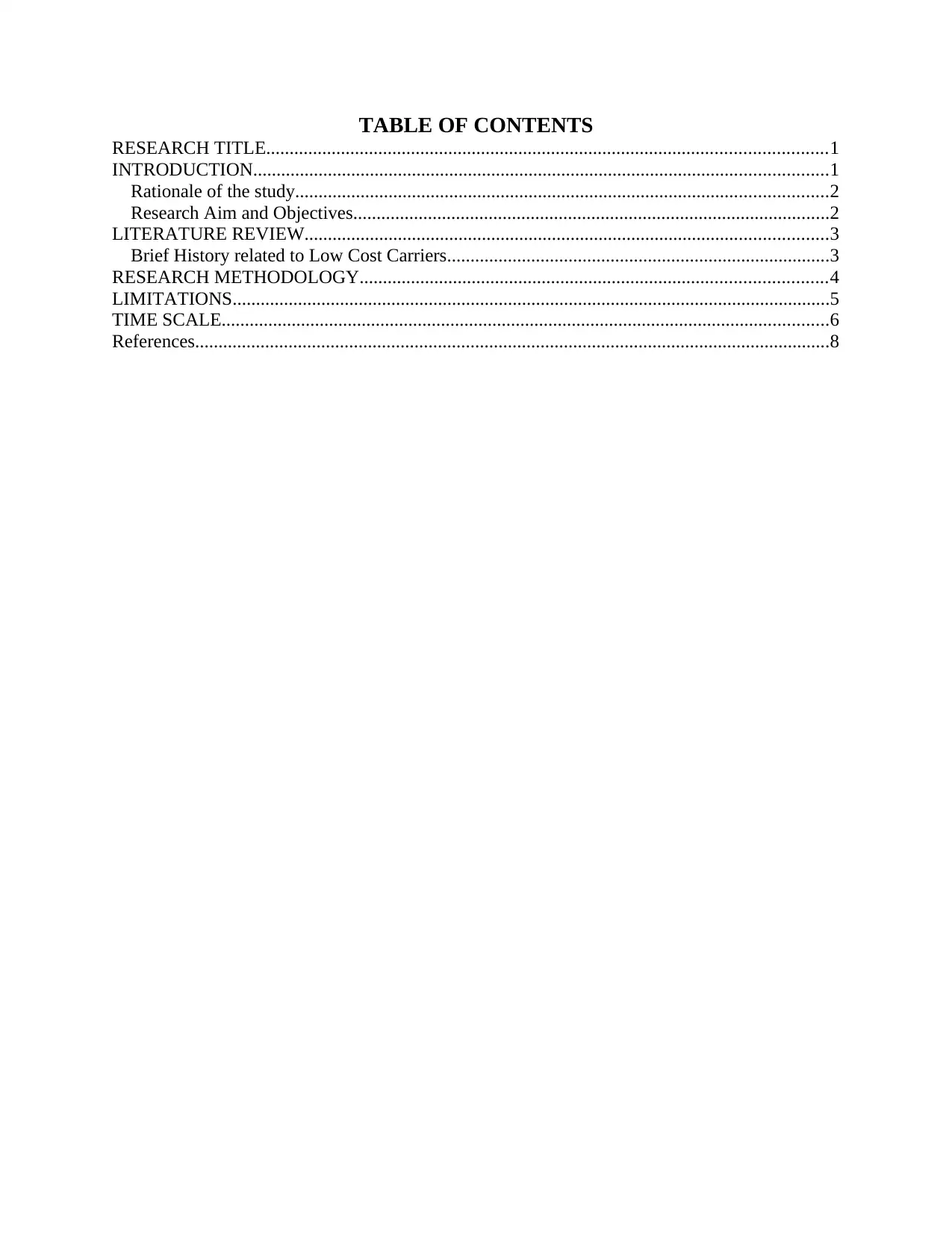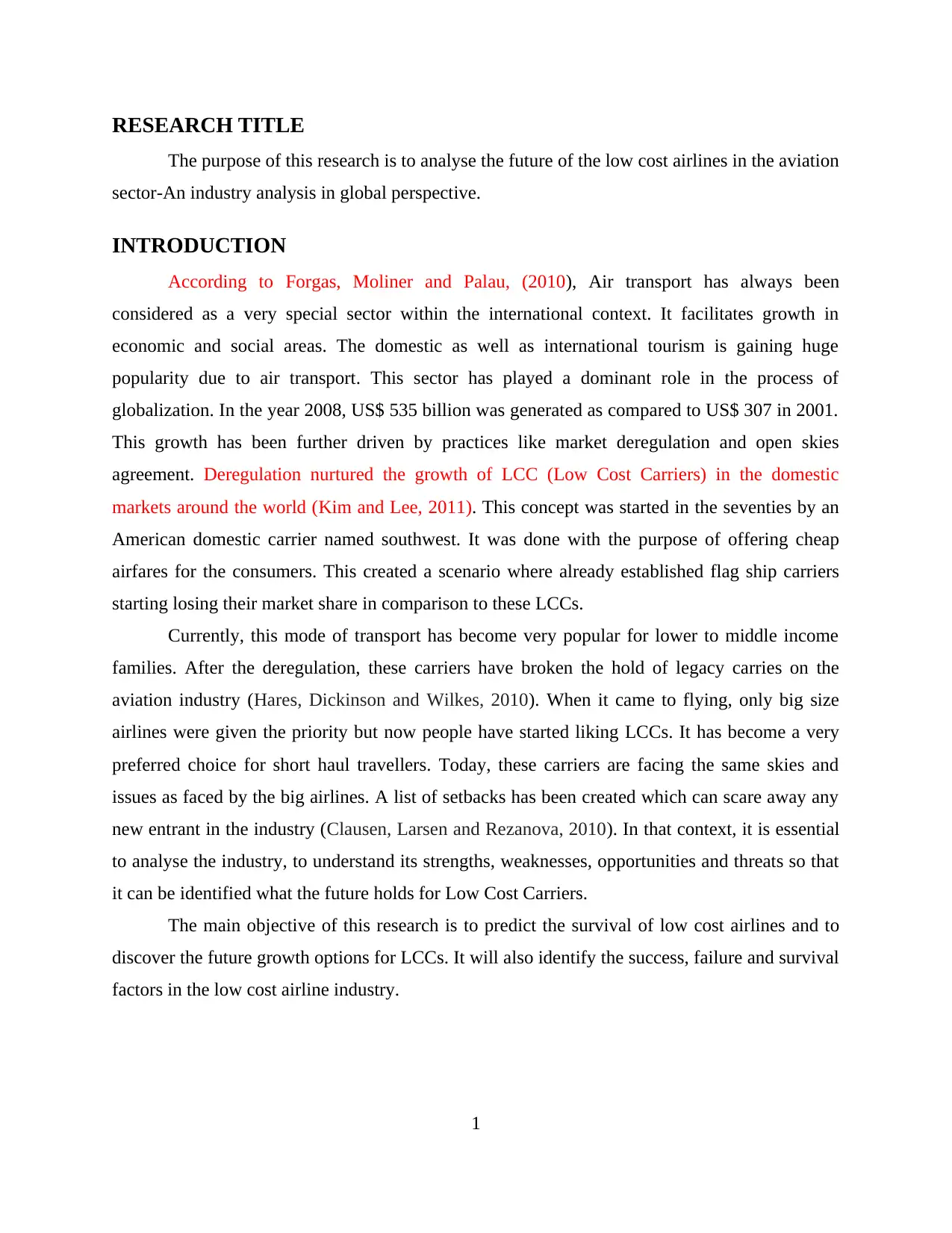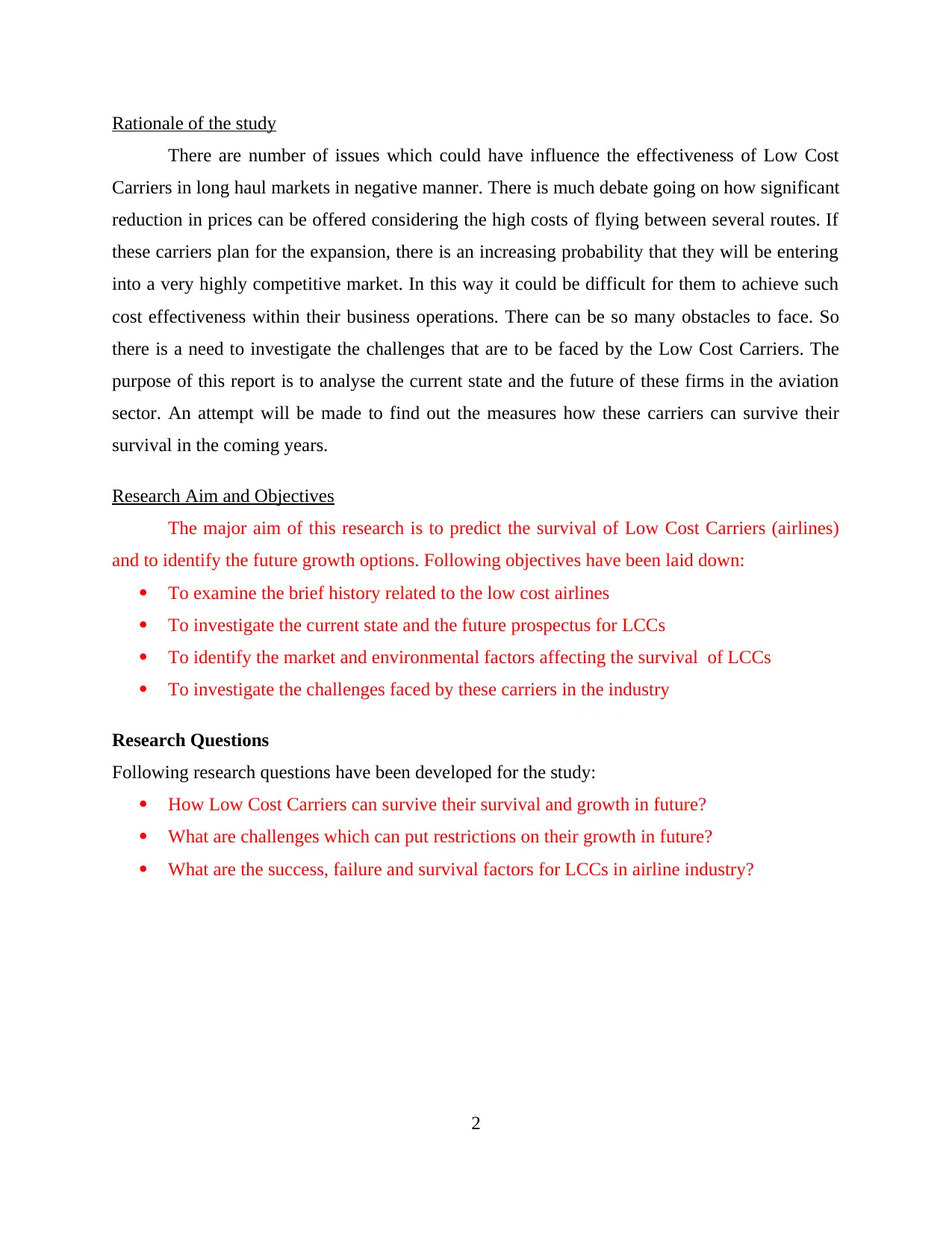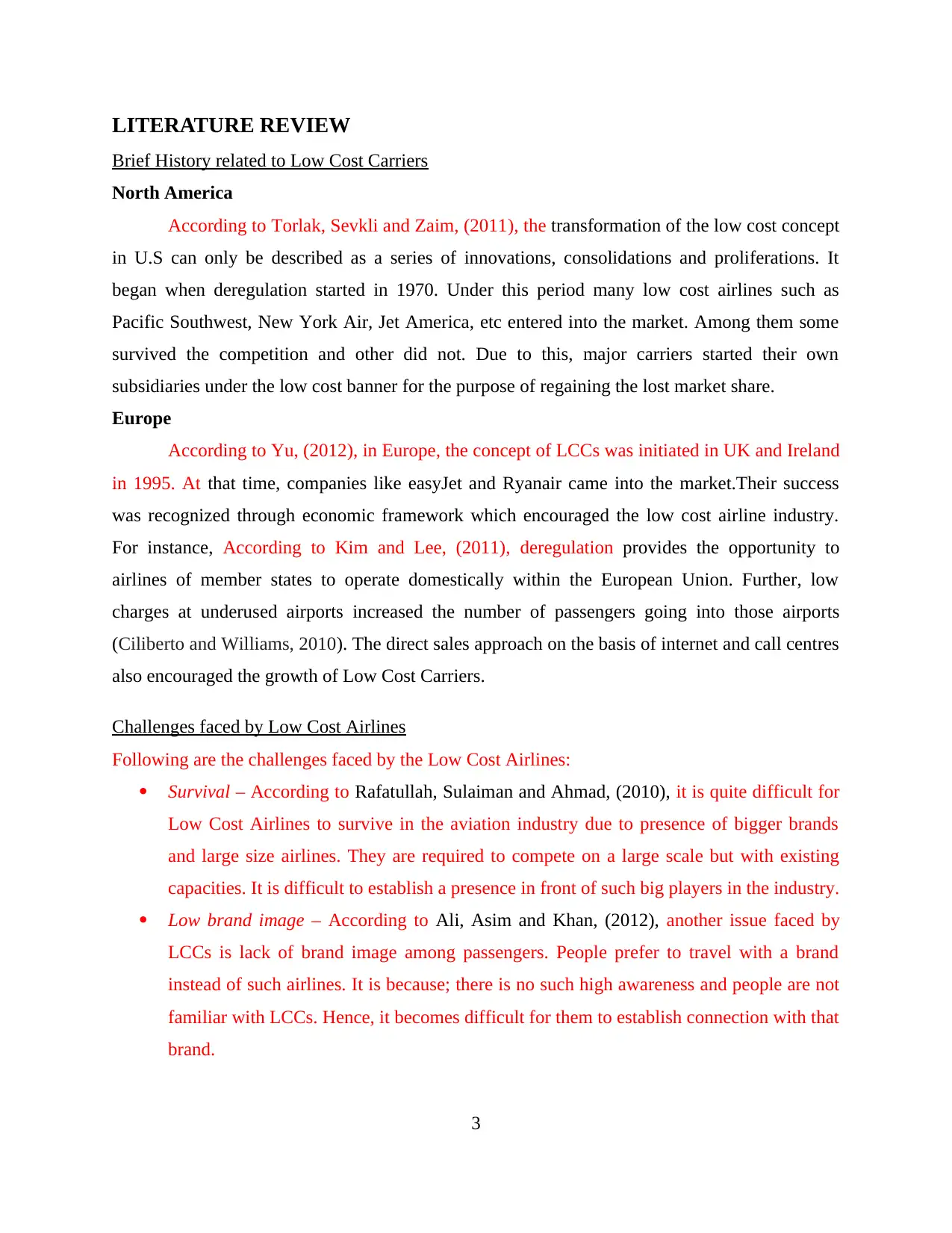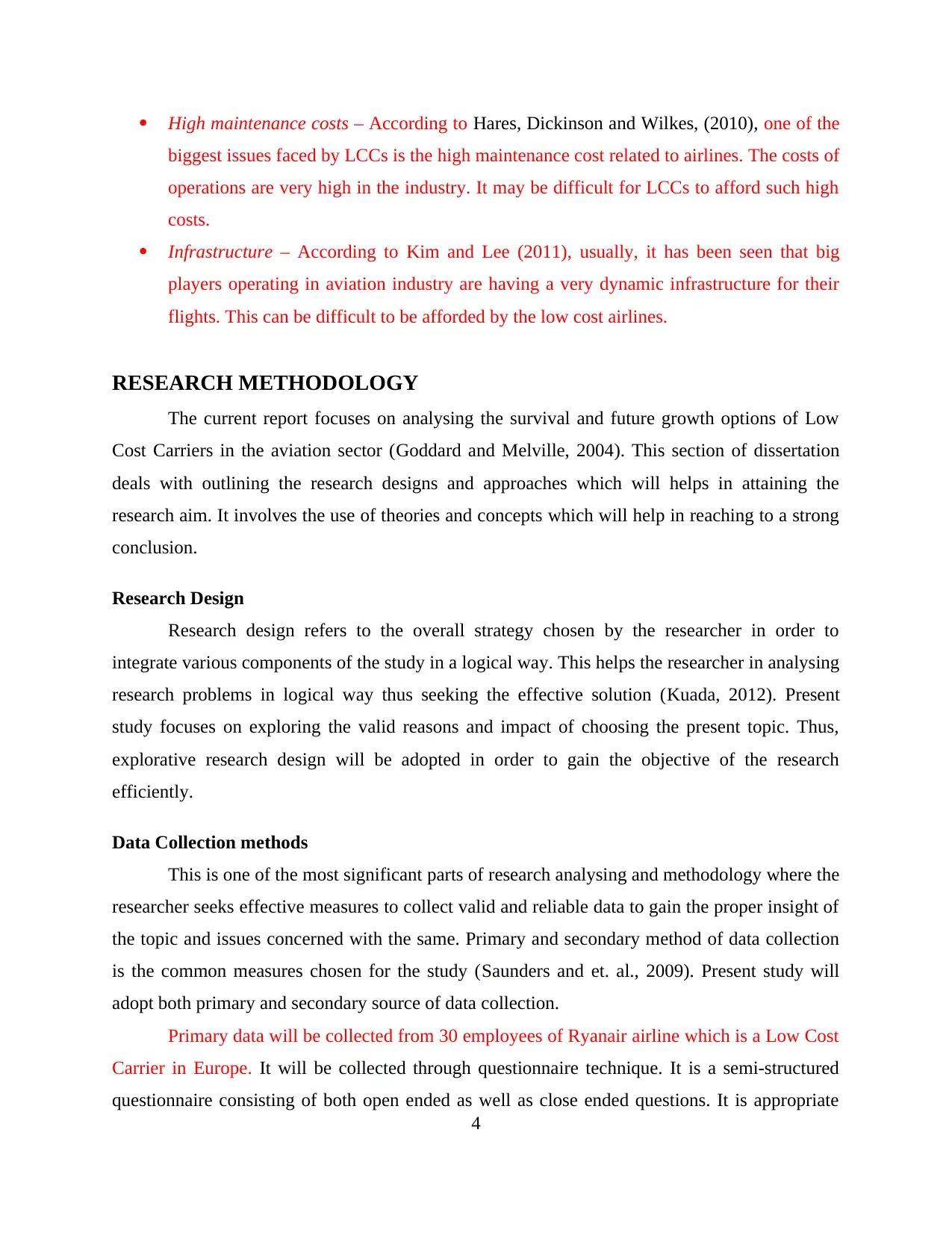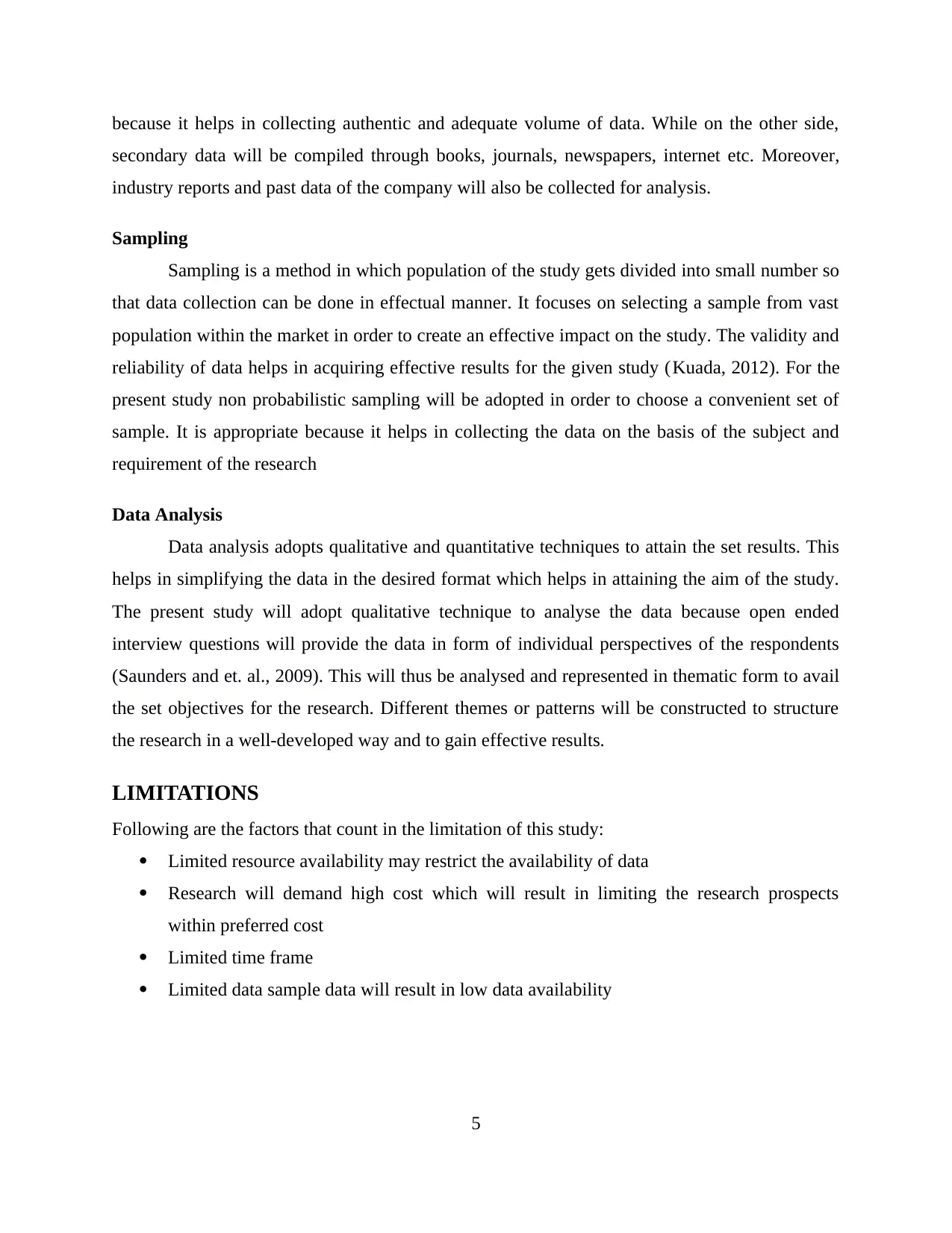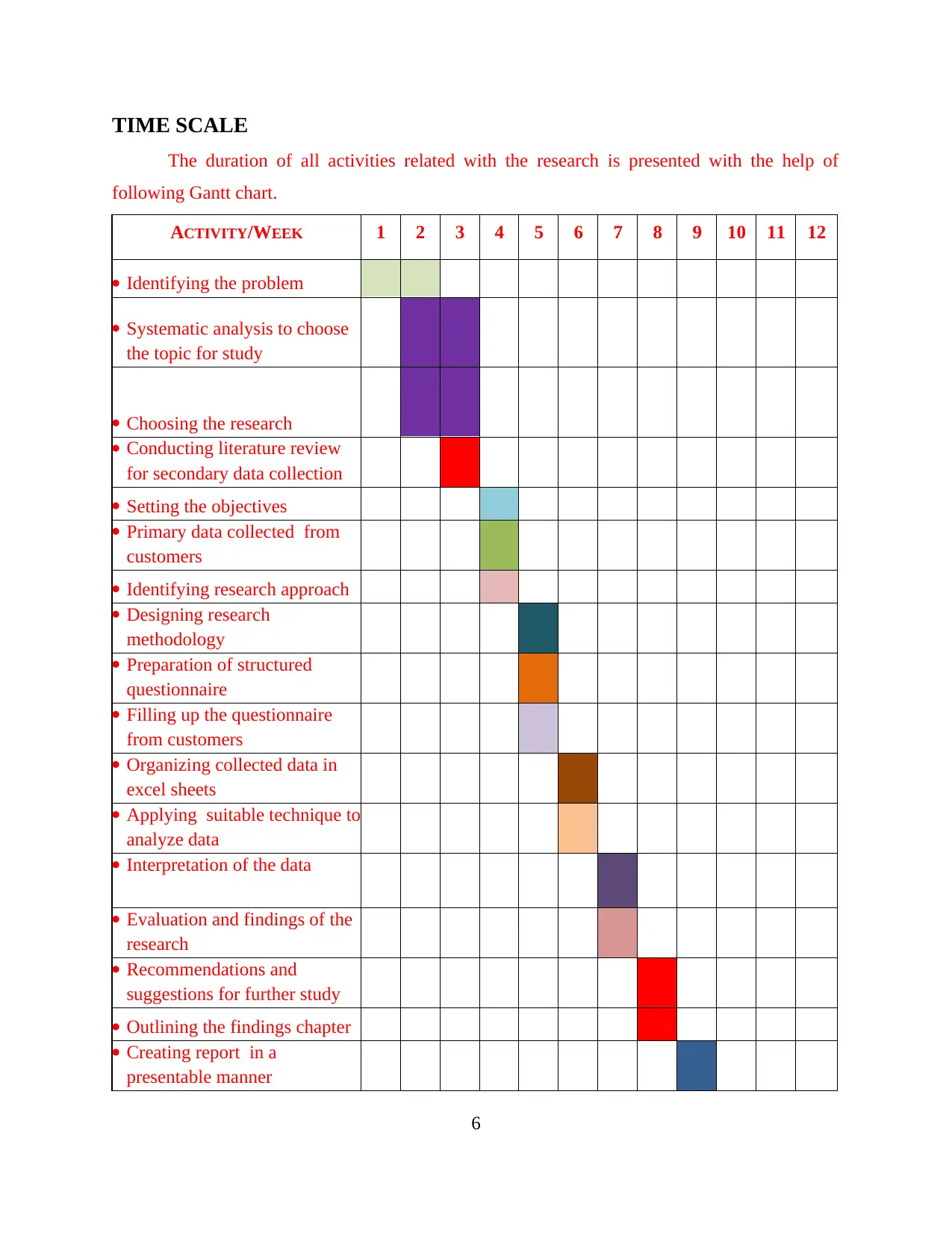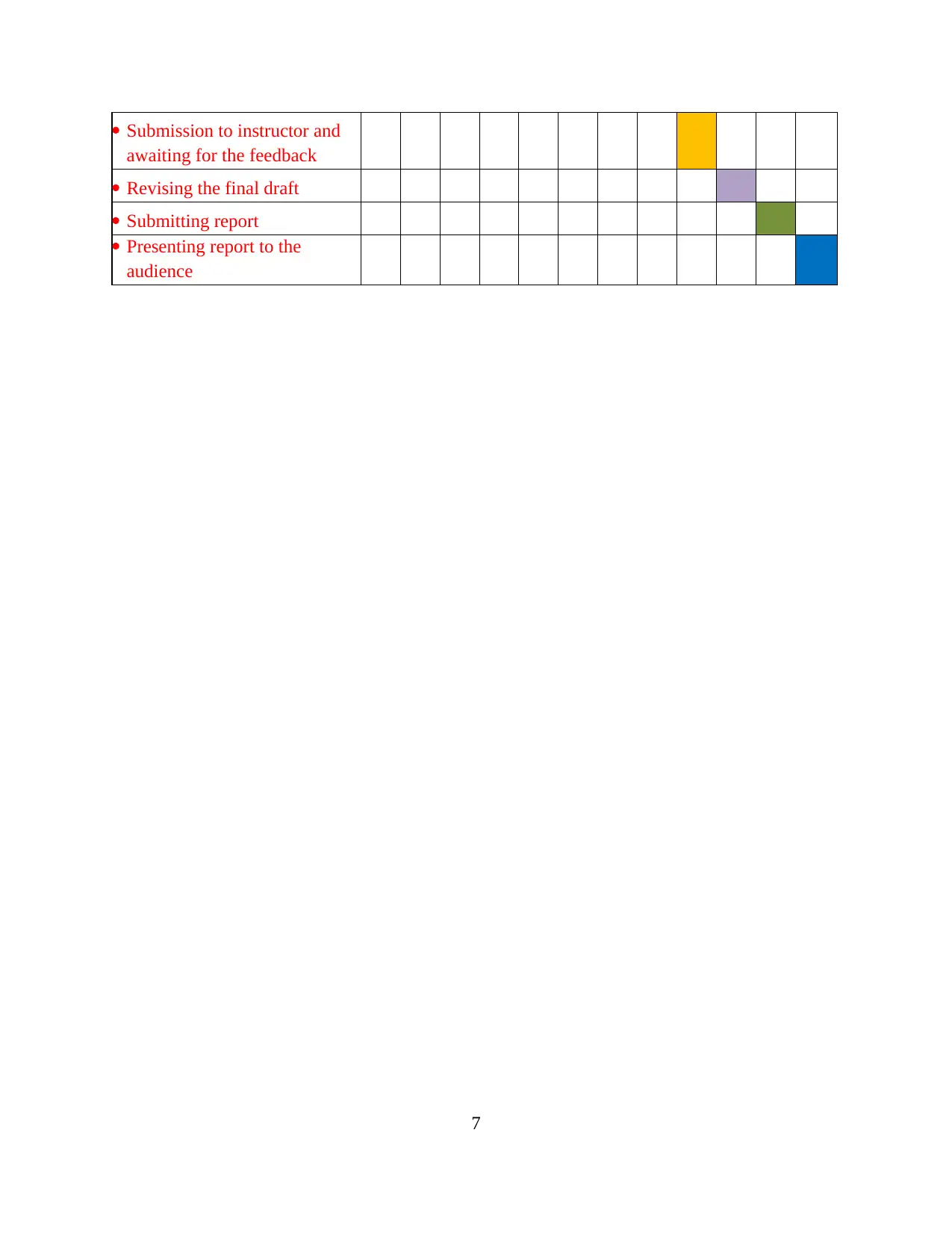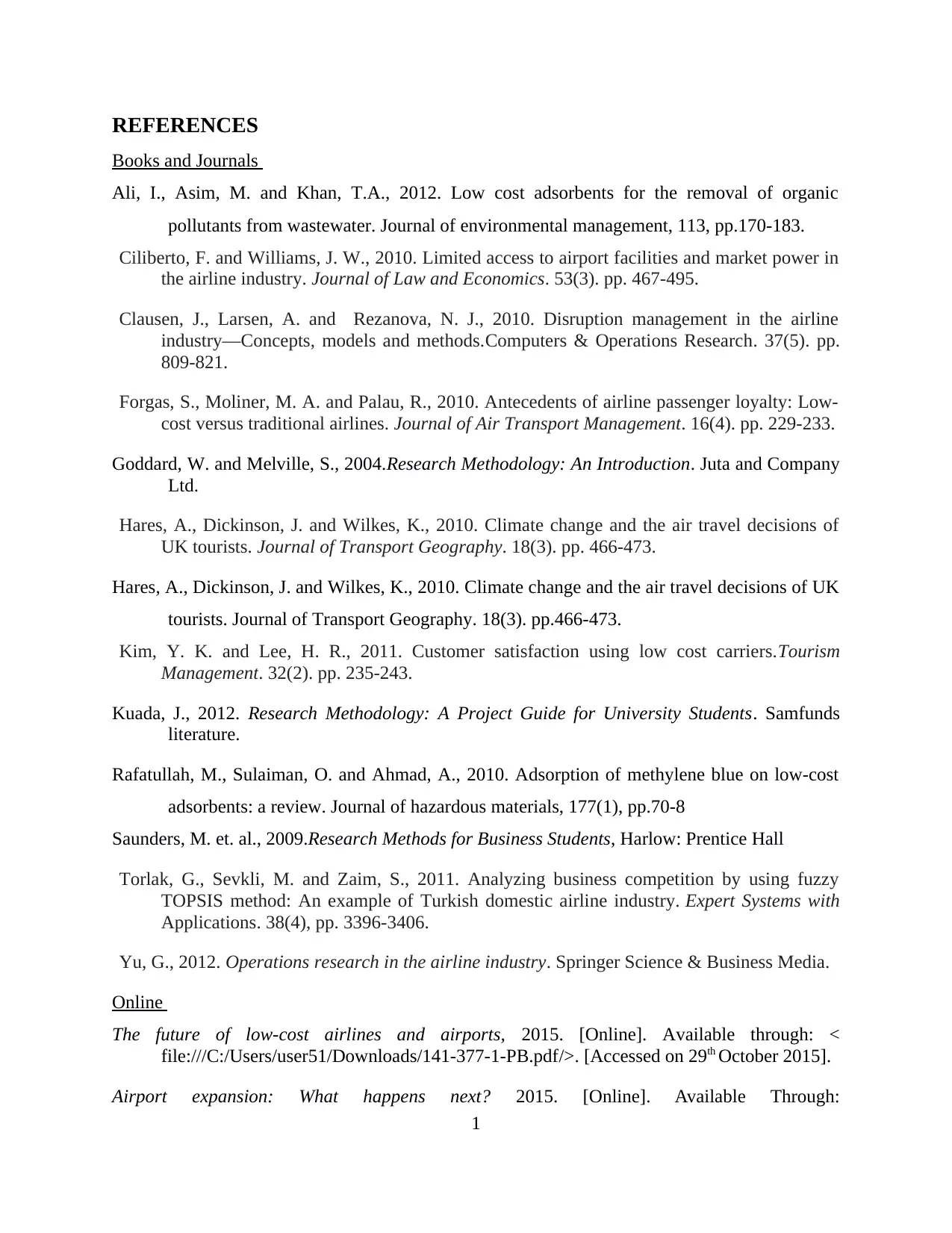The assignment content revolves around data analysis, limitations, time scale, and references. The research will adopt a qualitative approach to analyze the data collected from customers through open-ended interview questions. A Gantt chart outlines the duration of all activities related to the research, which includes identifying the problem, systematic analysis, choosing the research topic, conducting literature review, setting objectives, collecting primary data, organizing collected data, applying suitable techniques to analyze data, interpreting the findings, and submitting the report. The references provided include books and journals that discuss topics such as airline industry, low-cost airlines, airport facilities, and market power.
![[object Object]](/_next/static/media/star-bottom.7253800d.svg)
![[object Object]](/_next/static/media/star-bottom.7253800d.svg)

